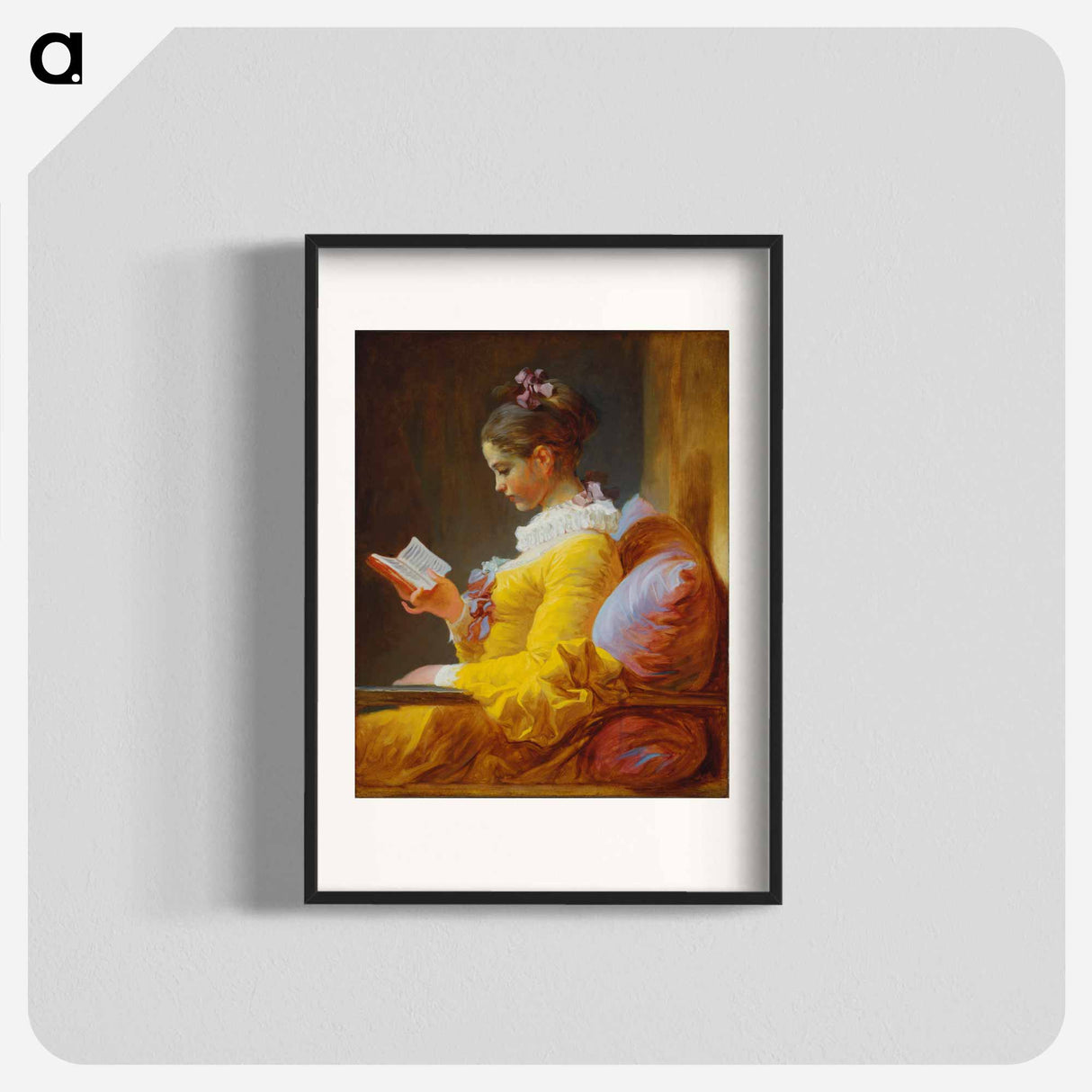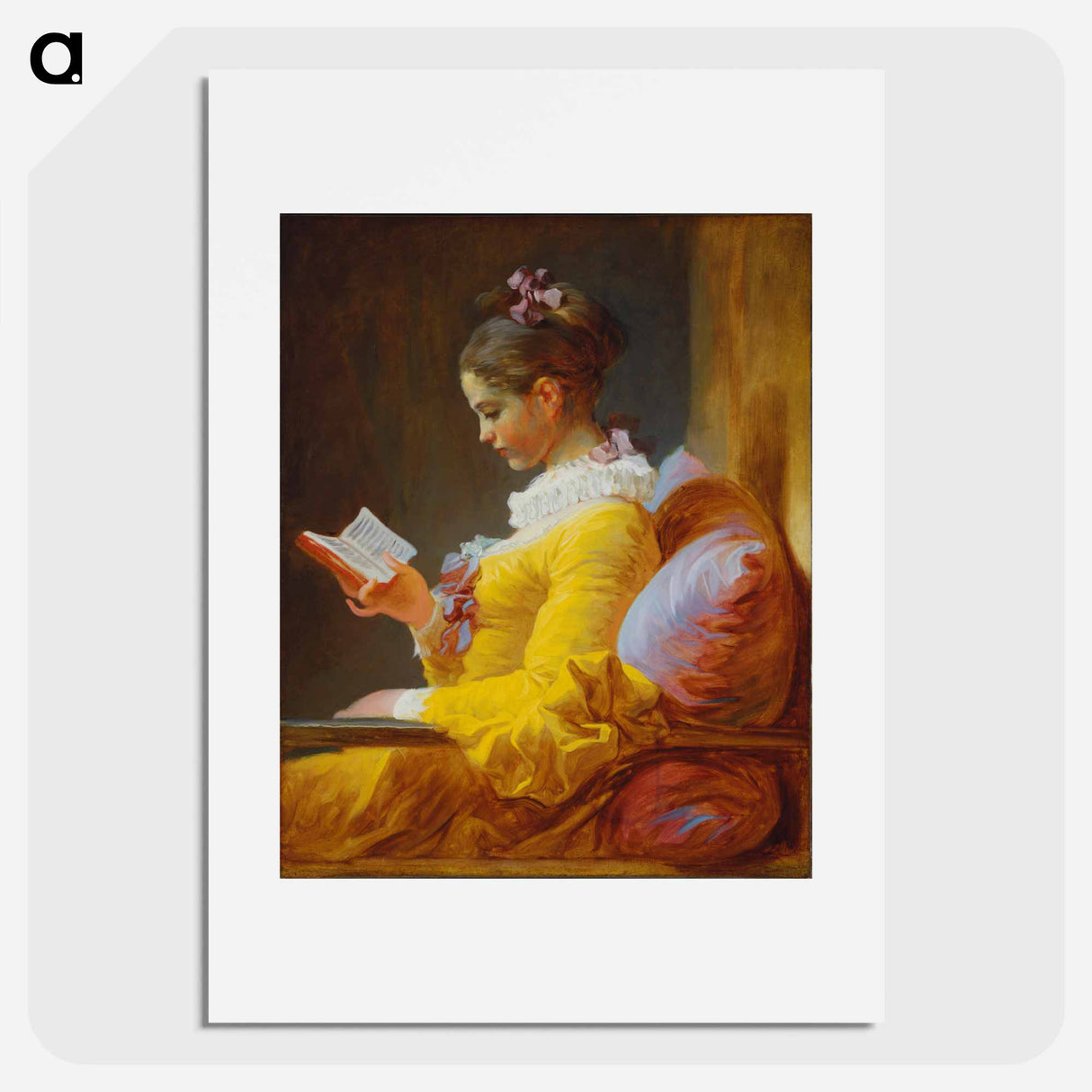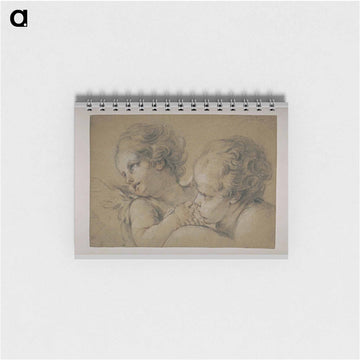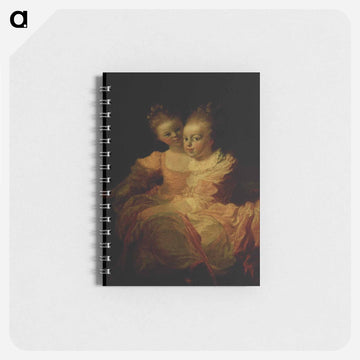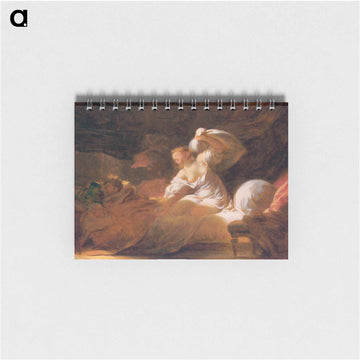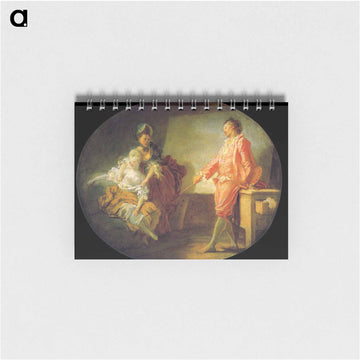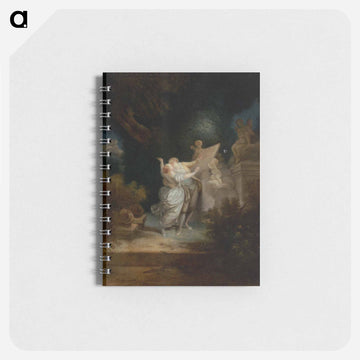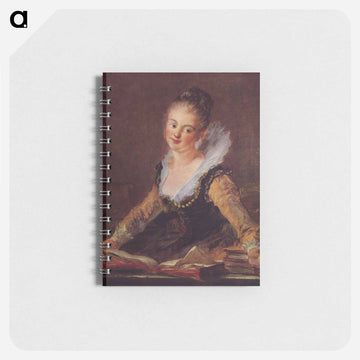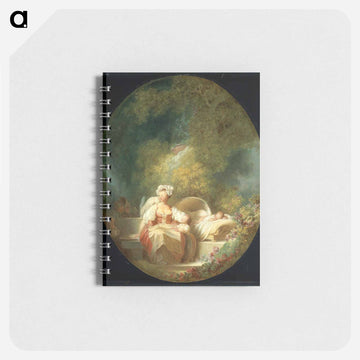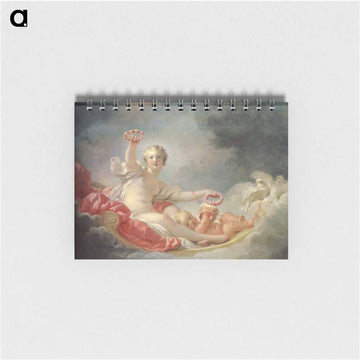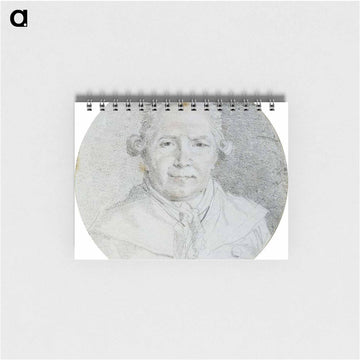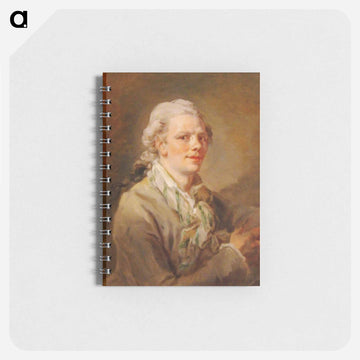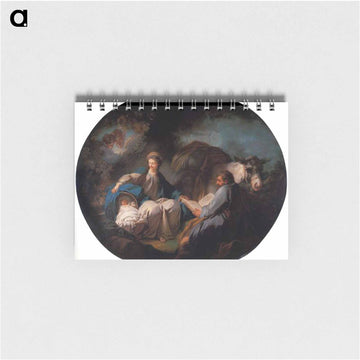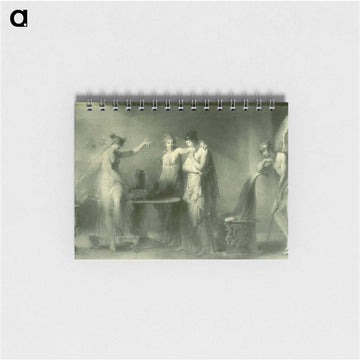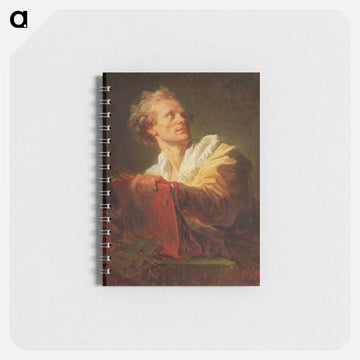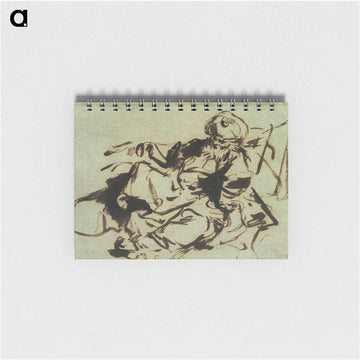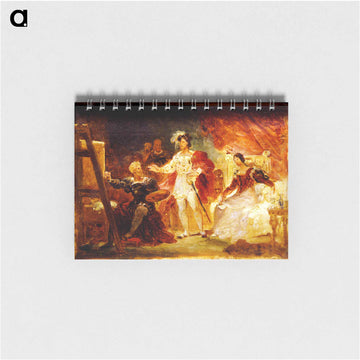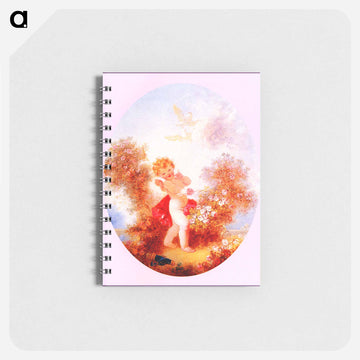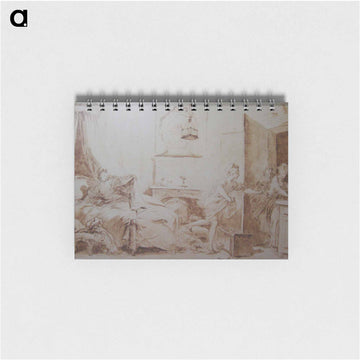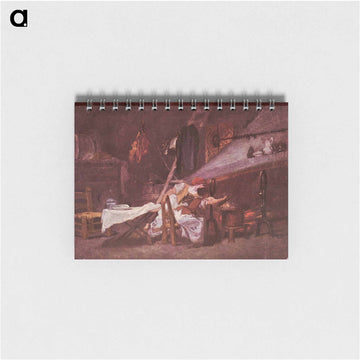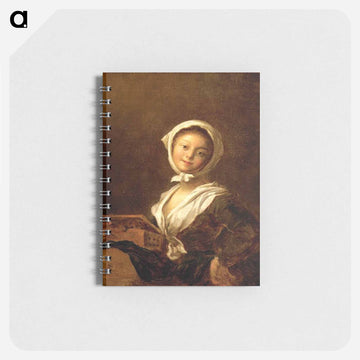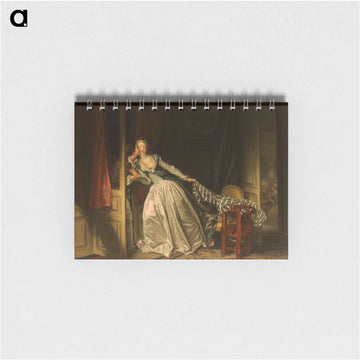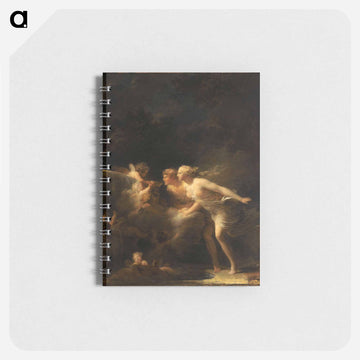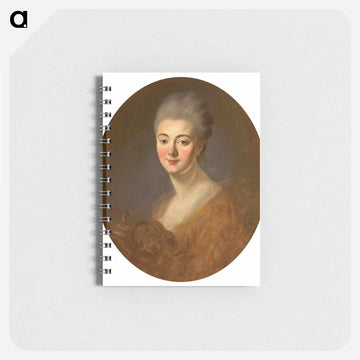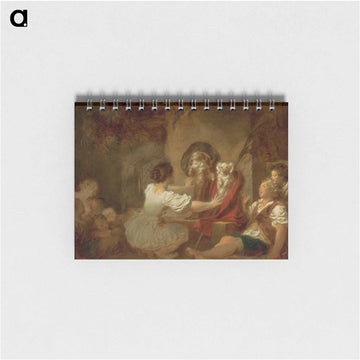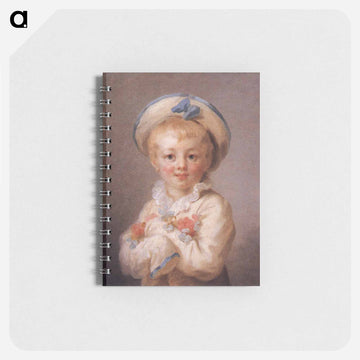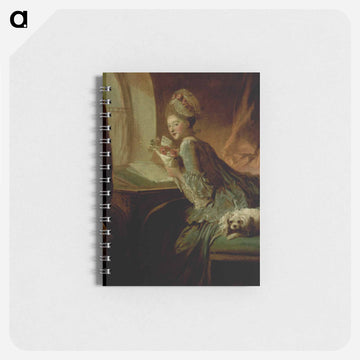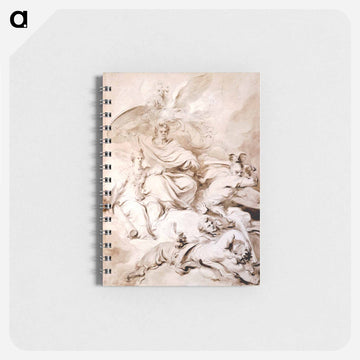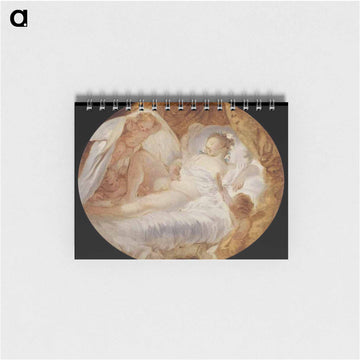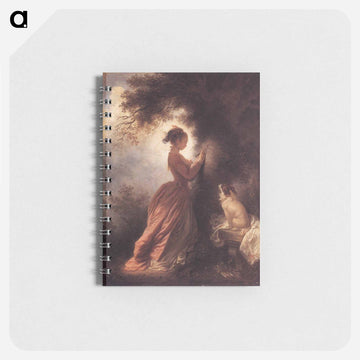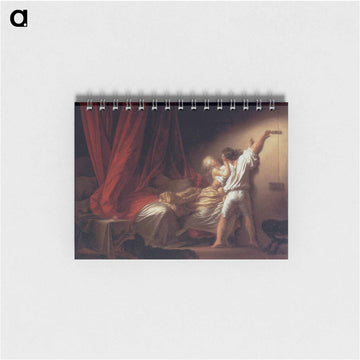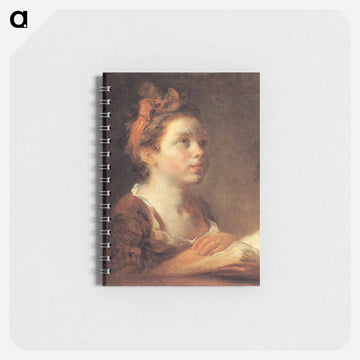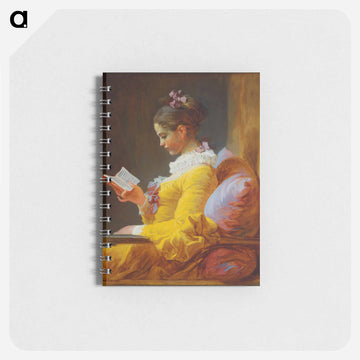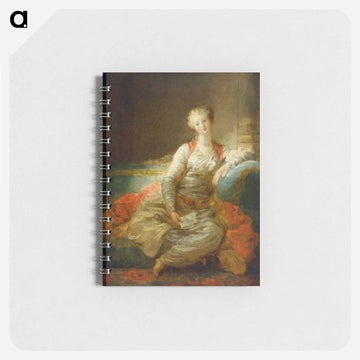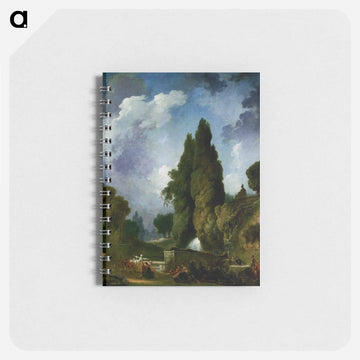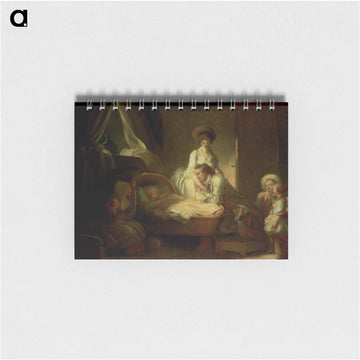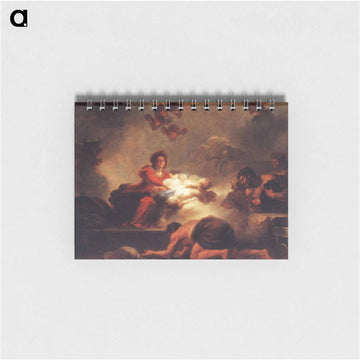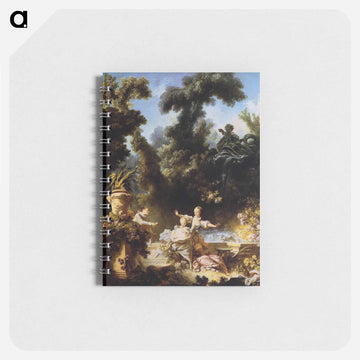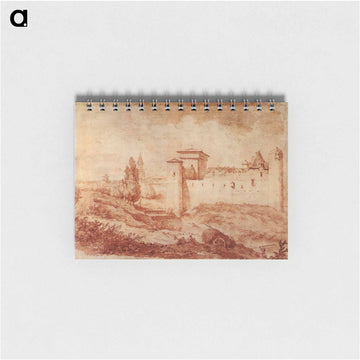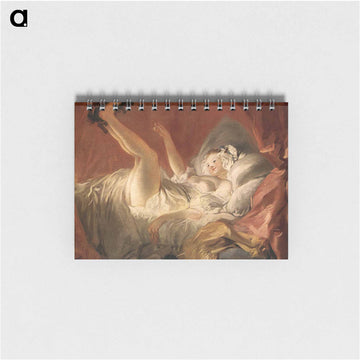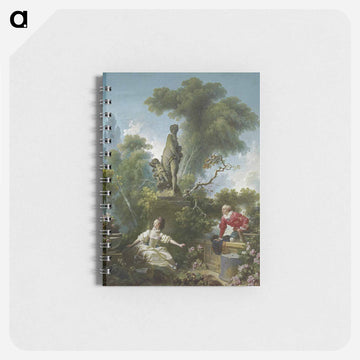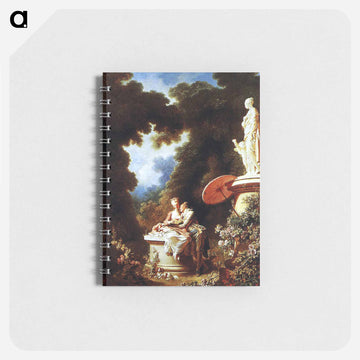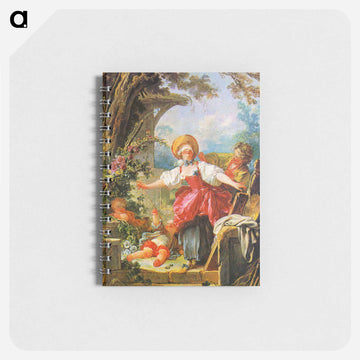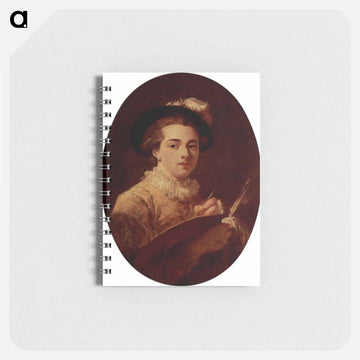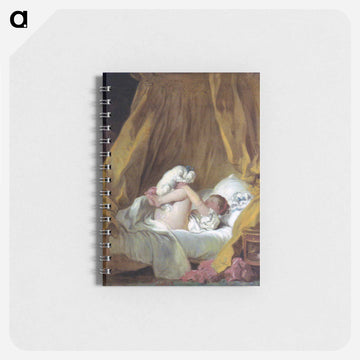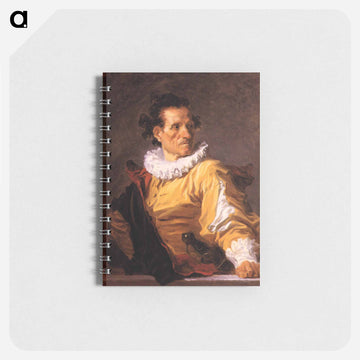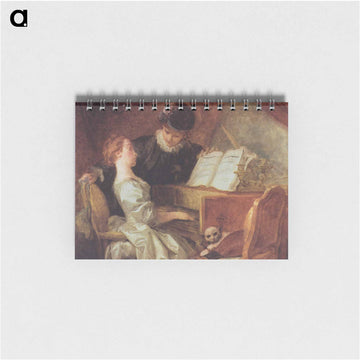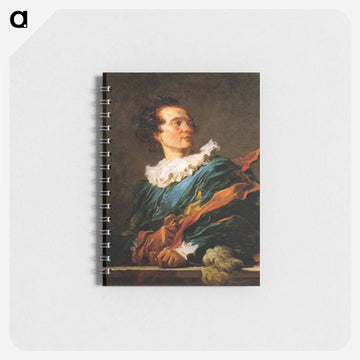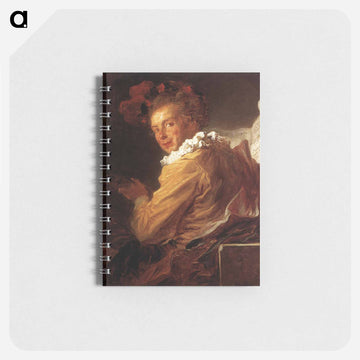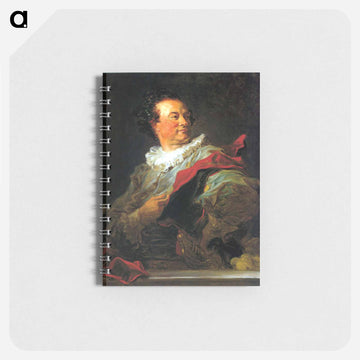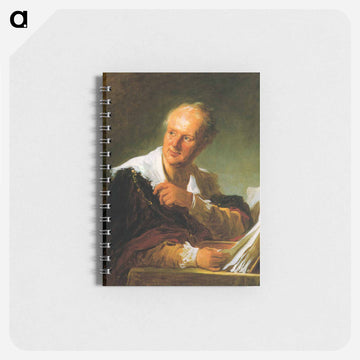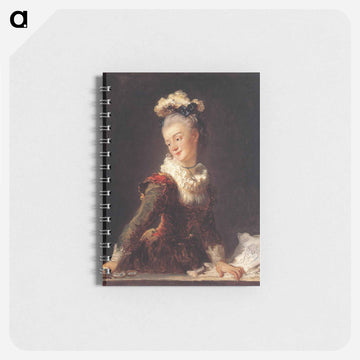A Young Girl Reading - ジャン オノレ フラゴナール Poster.
A Young Girl Reading - ジャン オノレ フラゴナール Poster. - A5(148×210) / なし is backordered and will ship as soon as it is back in stock.
【出荷予定について】
※土日祝定休
製品説明
製品説明
artgraph.オリジナルの名画のアートポスター&アートフレーム
EPSON社製のアート作品で採用される品質の用紙を使用して印刷しております。
作品向けに開発された用紙として、劣化や褪色が少なくインテリアポスターの中でも最高品質のジークレープリントというカテゴリに属する用紙です。
画材用紙のようなテクスチャーがプリント作品の立体感を表現しまるで本物のような複製画となっております。
- 用紙の重量: 190 g/m²
- ジークレー版画(インクジェットプリント)
- 作品やサイズによって余白の幅を調整しております。
※原画データのサイズよって、印刷が荒くなり過ぎてしまうサイズをオーダーの場合はご連絡を差し上げております。
※サイズ展開以上の大きさをご希望の場合は、直接ご相談ください。
| 作品名 | A Young Girl Reading(読書する娘 ) |
| 作家名 | Jean Honore Fragonard(ジャン オノレ フラゴナール) |
| 制作年月日 | 1776 |
| 関連キーワード | ジャンオノレフラゴナール さ行 フランス ロココ 18世紀 風俗画 官能的 アート ポスター アートポスター アートパネル インテリア おしゃれ 絵画 絵 名画 風景画 風景 雑貨 ヴィンテージ レトロ 玄関 リビング ダイニング 寝室、台所、トイレ、玄関などご自身用にも、モデルルーム、オフィス、事務所、お店、ホテル、カフェなどのディスプレイ用の複製作品としてご利用もいただいております。新築、誕生日などのお祝い、プレゼントとしてもご利用いただいております。 |
| Related Keywords | |
| 管理番号 | 1-40 |
※製品画像はできる限り実物の色に近づけるよう徹底しておりますが、 お使いのモニター設定、お部屋の照明等により実際の製品と色味が異なる場合がございます。
素材ごとに異なるニュアンスが生まれることもございますが、風合いとしてお楽しみいただければ幸いです。
余白と寸法
余白と寸法
縦横比によって、寸法が成り行きで縮小します。
詳細の寸法はお手数ですが、お問合せください。
| サイズ | 短辺の最小余白 | 長辺の最小余白 |
|---|---|---|
| A5 | 14.5mm | 25.5mm |
| A4 | 20mm | 35mm |
| A3 | 28.5mm | 49.5mm |
| A2 | 40mm | 70mm |
| A1 | 50mm | 90mm |
| B5 | 17.5mm | 30.5mm |
| B4 | 24.5mm | 43.5mm |
| B3 | 35mm | 61mm |
| B2 | 45mm | 80mm |
| B1 | 64mm | 114mm |
※上記の数値は最小の余白幅になります。
細長い作品など、作品の比率によっては上記より広い余白ができる場合がございます。
事前に正確なサイズを知りたい方はこちらからお問い合わせください。
お届けについて
お届けについて
出荷までの期間はポスターのみは3営業日、額装込み・キャンバス製品は10営業日程度いただいております。
それ以外の製品は10〜14営業日程度いただいております。
営業日:月〜金曜
定休日 : 土・日曜日・祝日
※サイズ・色・点数によってお届けに通常より長くお時間をいただく場合がございます。お急ぎの場合や複数点数のご購入をご検討の場合は事前にお問い合わせください。
返金・交換について
返金・交換について
返金・交換に関して
到着した製品に不具合がございましたら到着より7日以内に速やかにご連絡ください。
■返品・交換などの連絡先
info@artgraph.jp
返金
商品に不具合が有った場合は上記「返金・交換」をご覧下さい。
キャンセル
生産開始前であればキャンセル・返金可能ですが、生産が終了している場合は全額ご請求とさせていただきます
詳しくはこちら
安心してご注文いただけます。
Payment methods
artgraph.では運営側でクレジットカード情報を保存せず、お客様のクレジットカード情報にアクセスすることはできませんので安心してご利用ください。
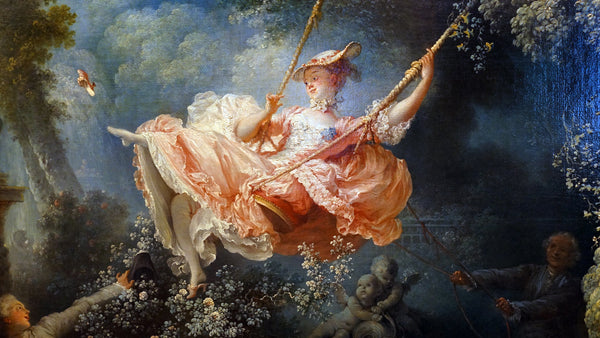
Jean Honore Fragonard
Jean-Honoré Fragonard is one of the leading painters of 18th century French Rococo art. He left behind many works that are light-hearted, witty, and full of hedonistic atmosphere, and is also known as the painter of "love" and "joy." His works are characterized by soft brushstrokes, bright, vibrant colors, and sophisticated compositions, and they charmingly depict the elegant lifestyle of the aristocratic society of the time.
Jean-Honoré Fragonard Biography
- Born April 5, 1732 in Grasse, southern France.
- Around 1747, he moved to Paris with his family and initially worked for a notary.
- Around 1748, he entered the studio of François Boucher and gained training in painting.
- In 1752, he won the Prix de Rome and studied in Italy the following year.
- From 1756 to 1761, he stayed in Rome and was influenced by ancient art and the works of Tiepolo and others.
- In 1761, he returned to France and began his activities in Paris.
- In 1765, Chores and Callirhoe was accepted as a candidate for membership in the Royal Academy of Painting and Sculpture.
- But later he produced light-hearted genre scenes, portraits, and landscapes for private clients.
- After the French Revolution, with the rise of neoclassicism, it was gradually forgotten.
- Died in Paris on August 22, 1806 (aged 74)
Representative works
- The Swing (1767)
- A Young Girl Reading (c. 1776)
- The Stolen Kiss (c. 1787-1789)
- The Music Lesson (c. 1769)
- The Fountain of Love (c. 1785)
The Art of Jean-Honoré Fragonard
Fragonard's art is filled with a light, refined, and hedonistic atmosphere, which is a typical characteristic of Rococo art . He painted scenes of aristocratic amusements, pastoral frolic, and mythological love scenes with soft brushstrokes and bright, vibrant colors. His works are elegant and highly decorative, reflecting the tastes of the aristocratic society of the time. In particular, "The Swing" is known as Fragonard's masterpiece, and is a masterpiece that beautifully harmonizes a light subject, a dynamic composition, and a delicate expression of light. Fragonard was talented in a wide range of fields, including genre painting , portraits, landscapes, and even decorative paintings. He was also skilled at capturing the essence of his subjects with his quick brushstrokes, and his improvisational expression is thought to have influenced later Impressionist painters.
Jean-Honoré Fragonard's influence and later recognition
Fragonard's light-hearted, witty, and hedonistic style of painting made him very popular among the aristocrats of his time. However, after the French Revolution, Rococo art itself was rejected as a symbol of the old system, and Fragonard's art was gradually forgotten. It was only after the Impressionist painters appeared in the second half of the 19th century that his art was reevaluated. Today, Fragonard is highly regarded around the world as one of the most representative painters of Rococo art . Keywords such as " Rococo art ," " light-hearted, witty ," " hedonistic ," " swing ," and " genre painting " are important elements in understanding Fragonard's art. His works are housed in art museums around the world, and continue to fascinate many people even today.
SNSでご紹介いただきました





















本日のご注文受付終了まで
時間が過ぎると翌営業日のご注文扱いとなりますのでご了承くださいませ。


